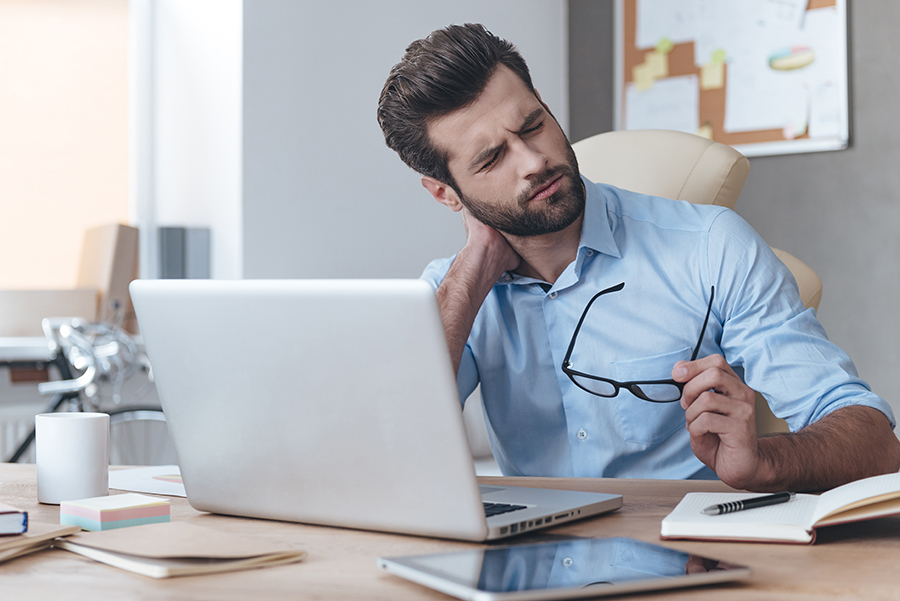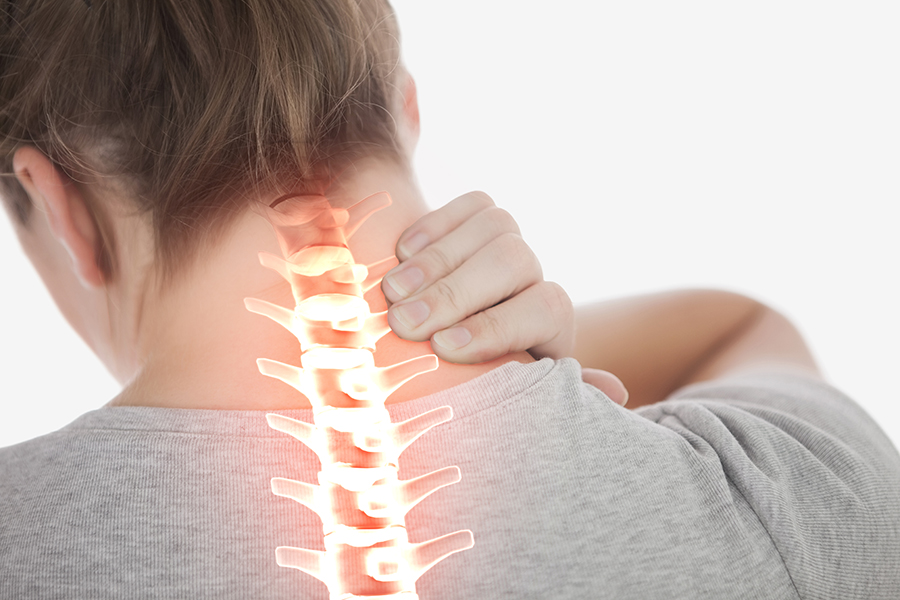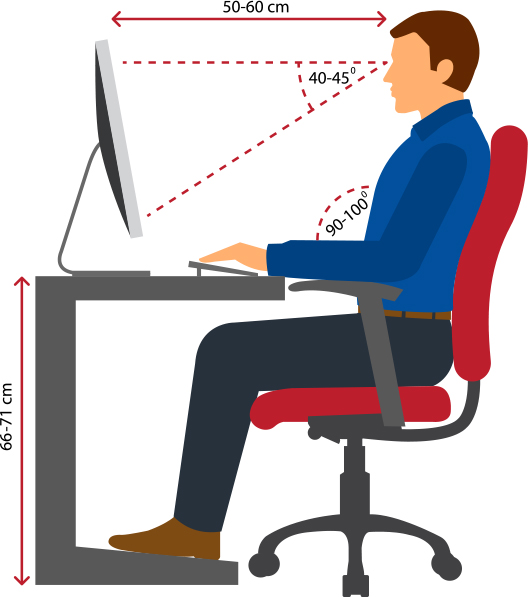COVID-19 pandemic has certainly changed our lives. While hopefully, you have been healthy and not been exposed to the virus, the virus has affected everyone and has caused a lot of stress. People are working from home or not currently working, and most social outings have moved to computers and phones. For some of us, our go-to stress- and anxiety-reducing activities are no longer an option at this time. Not being in our normal daily routine and not being able to spend time with our loved ones in person can take a toll on physical and mental health.
Exercise has obvious benefits for your body; it allows you to build up your strength, flexibility, and cardiovascular endurance. It decreases your chance of osteoporosis, heart disease, obesity, diabetes, and many other conditions that can be limiting later on in life. Many of these comorbidities also are high-risk factors associated with the coronavirus. However, exercising does much more than address your physical health. It has many benefits for your brain and mind and is crucial for your mental health. Depression and anxiety have become major topics in this country within the past few years. Especially now during this uncertain time, many people are very anxious. According to the Mayo Clinic, depression and anxiety affect 1 out of every 10 people. Besides medication and seeking professional help, exercise can help battle depression and anxiety. When you work out, your brain releases all different types of neurotransmitters. The most notable neurotransmitters are dopamine, serotonin, and noradrenaline. The release of these transmitters in your brain can improve your mood, focus, and attention. Exercising also releases endorphins that improve your sense of well-being. In addition, achieving your personal record in lifting or running a mile can increase your confidence and personal autonomy.
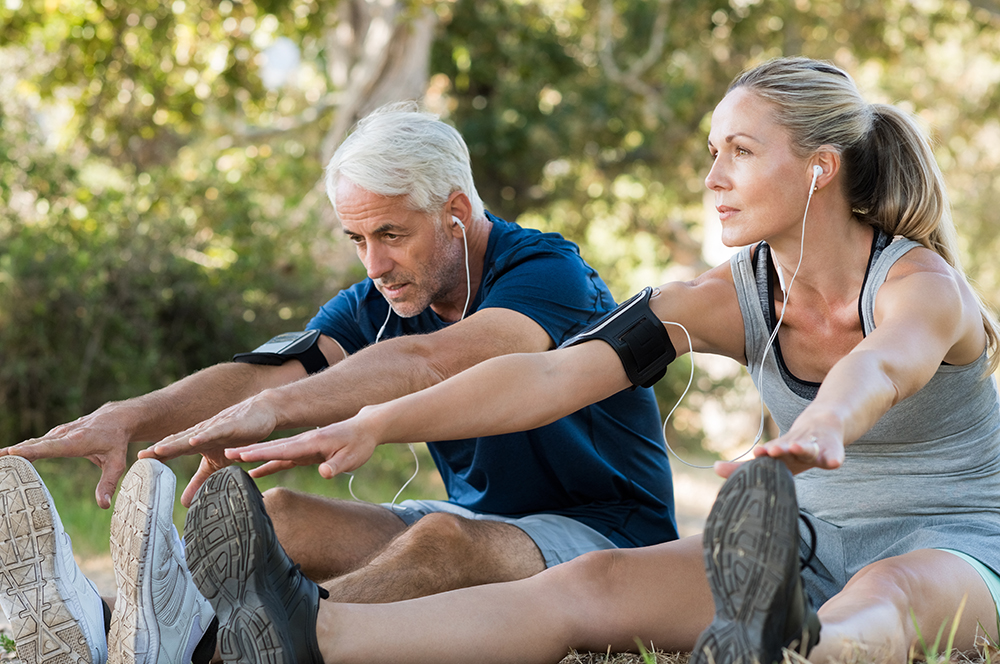
Working from home has become the new normal for many of us. Sitting at the desk working on the computer for long hours can cause neck, shoulder, or low back issues. When you sit or stand in one position for a prolonged period of time, your joints become stiff and can cause discomfort or pain. That is usually because of osteoarthritis. Osteoarthritis is the degeneration of bone over time, and it is a condition that is unavoidable. It tends to become more pronounced and affects our activities of daily living as we get older. If it gets bad, it can progress to osteopenia and osteoporosis where the health and integrity of your bones are compromised.
While osteoarthritis is unavoidable, you can avoid pain, avoid osteoporosis, and not let it impact your normal activities. Your body likes to move: “motion is lotion.” Movement allows blood and nutrients to flow through your body to your organs and muscles. It also lubricates joints so they can move more easily. Oftentimes, the more you move, the better you feel, especially after being still for a long period of time. So it is important to move frequently throughout the day. Try to get up from your desk every 30 minutes or so to get those joints and muscles moving. It can be as simple as turning your neck side to side, moving your arms and legs up and down, or even just standing and bending backward to stretch your back.
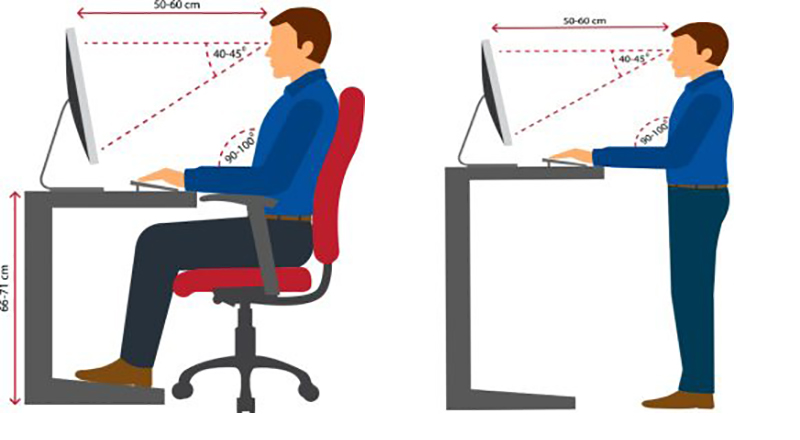 Exercise has many great qualities that impact your physical and mental health, but how often are you supposed to exercise?
Exercise has many great qualities that impact your physical and mental health, but how often are you supposed to exercise?
The US Department of Health and Human Services recommends that adults should exercise at a moderate intensity level for 150 minutes each week, or a vigorous intensity level for 75 minutes a week. If you break that down, that is about 30 minutes 5 days a week. The 30-minutes- a-day recommendation can be an accumulation of activity. For example, you can break up the 30 minutes into three 10-minute periods if that is what you can tolerate. Moderate-intensity exercises can include walking briskly, water aerobics, biking, and general gardening; whereas vigorous-intensity includes jogging, running, hiking, and aerobic dancing.
Since the COVID-19 pandemic, many of our outlets like gyms and classes are closed. For some of us, it is difficult to find another form of activity. If you are not sure what to do, if the activities listed above do not really appeal to you, or if you just do not know where to start on your own, contact us at WWS Physical Therapy and Vestibular Rehabilitation. Physical therapists are movement experts and can provide you information and a personalized program for you to get moving. We also have informative blogs and videos with more details about stretches and ergonomic setups on our WWSPT website. It is important to exercise now so your body and mind can be as strong as possible later in life when it gets a little tougher to move around.
This post also appears in The Bucks County Women’s Journal.
